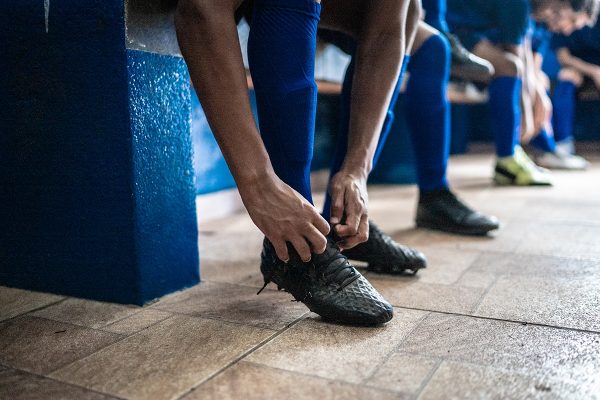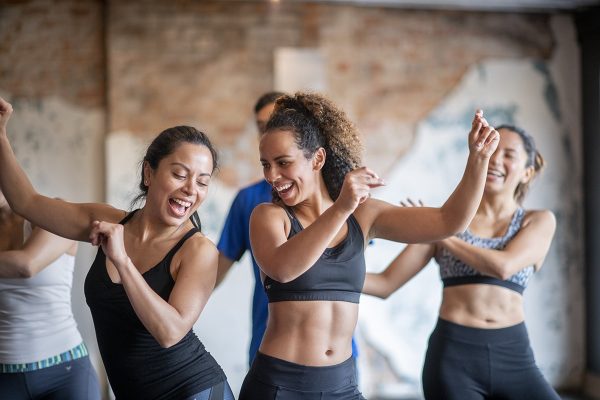Juvenile Idiopathic Arthritis (JIA) is the most common chronic rheumatologic condition affecting children under the age of 16. Characterized by persistent joint inflammation, pain, and stiffness, JIA is more than just “growing pains”—it is a complex condition that can lead to long-term disability if left unmanaged.
While medications such as NSAIDs and DMARDs form the cornerstone of treatment, emerging research shows that physiotherapy is just as crucial in restoring function, preserving joint health, and improving the quality of life for young patients.
In this extensive blog, we delve into the latest evidence from peer-reviewed studies, exploring how physiotherapy empowers children and adolescents to reclaim control over their bodies and lives.
What Is Juvenile Idiopathic Arthritis?
Juvenile Idiopathic Arthritis, formerly known as Juvenile Rheumatoid Arthritis, refers to a group of autoimmune diseases that cause chronic joint inflammation in children. There are multiple subtypes (systemic, oligoarticular, polyarticular, etc.), each with varying symptoms and severity. What unites them is their impact on mobility, independence, and psychosocial well-being.
Why Physiotherapy?
Children with JIA face a higher risk of:
- Joint contractures
- Muscle atrophy
- Delayed motor development
- Gait abnormalities
- Poor mental health due to chronic pain
Physiotherapy directly addresses these issues through:
- Exercise
- Joint mobilization
- Muscle strengthening
- Posture correction
- Functional training
It empowers children to move better, feel better, and live better.
Physiotherapy Techniques That Work
Based on the studies, these are the most beneficial physiotherapy strategies for JIA:
- Resistance & Stretching – Enhances muscle strength and joint flexibility
- Hydrotherapy – Reduces weight-bearing stress while improving movement
- Tele-rehabilitation – Increases access and adherence, especially remotely
- Functional Training – Supports real-life movement like walking and grasping
- TMJ Mobilization – Improves jaw function and reduces facial pain
- Multidisciplinary Support – Boosts outcomes through holistic team-based care
Final Words: Movement is Medicine
The path to recovery in Juvenile Idiopathic Arthritis isn’t paved by medication alone. Physiotherapy adds a dynamic, proactive layer to treatment—one that helps children not just cope, but thrive. Whether it’s taking the stairs pain-free or dancing at a school recital, movement brings freedom. And in that freedom lies healing.





